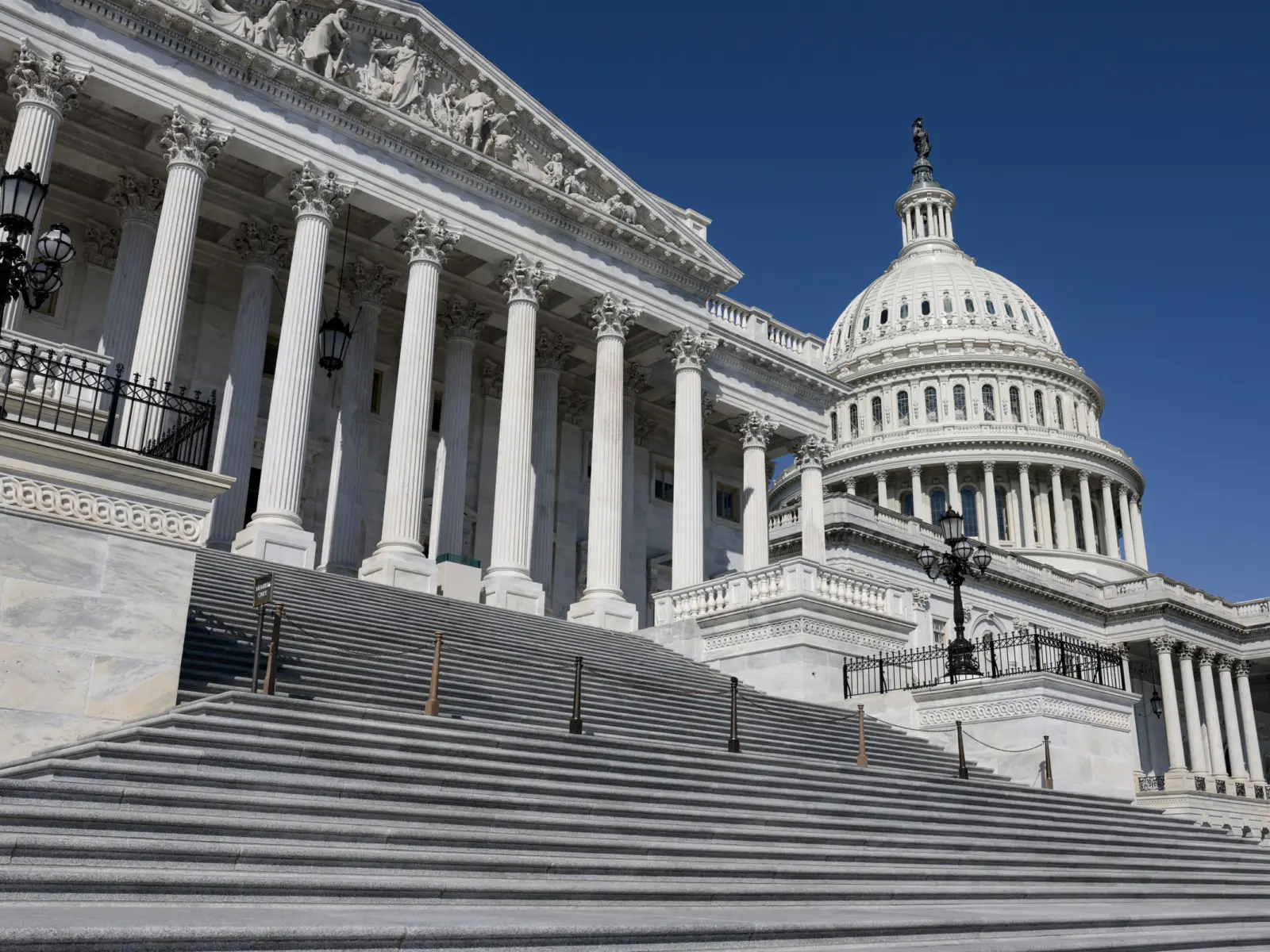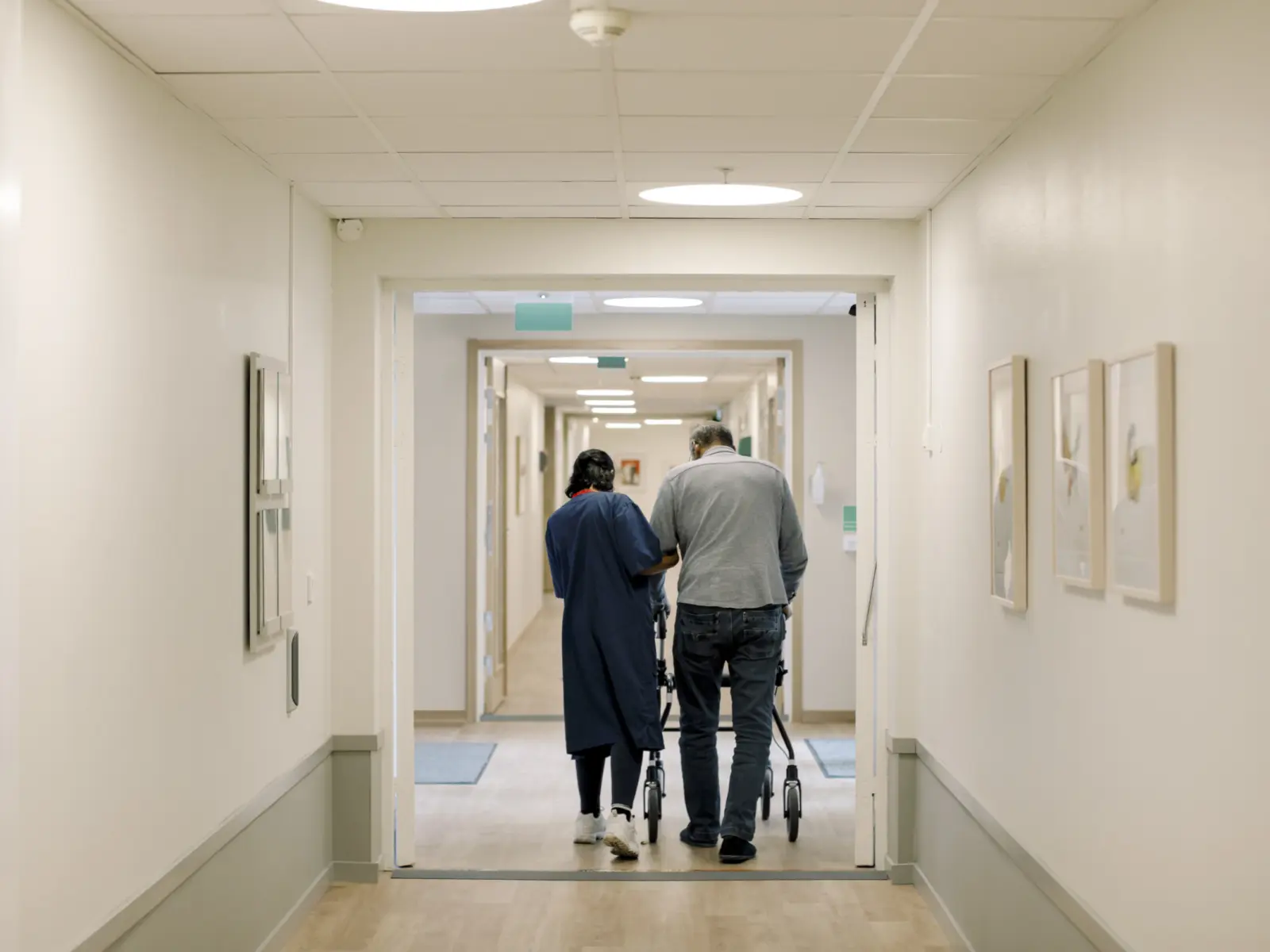Medicaid is a critical safety net program covering nearly 80 million Americans — including low-income families, seniors, and people with disabilities. The way Medicaid is financed is complex and it’s challenging to change it without impacting the number of people who are enrolled in the program, but Medicaid is not immune from fraud, waste, and abuse. As Medicaid has evolved, large corporations with political influence including hospital systems, nursing homes, and managed care organizations (MCOs) have found opportunities within its financing rules to increase their payments and drive-up federal costs — some of these approaches are not directly tied to providing people with coverage. State-directed payments are an example of this today.
A Minority of State-Directed Payments Drive the Majority of Expenditures
Most people currently enrolled in Medicaid are covered through MCOs, private health plans that contract with states to deliver Medicaid services. State-directed payments are a unique tool that allows states to dictate provider payment in order to further the state’s overall Medicaid objectives, such as improving care quality or promoting value-based payment models.
Yet, not all state directed payments are truly necessary to achieve Medicaid’s program objectives. In 2024, MACPACfound that less than 10% of state-directed payment packages drive over 70% of spending on state-directed payments. This suggests that a small minority of payment arrangements drive most of the spending on state-directed payments, which were estimated to total $110 billion in 2024 overall.
High Growth in Spending of State-Directed Payments
While states are generally prohibited from directing payments in managed care arrangements to specific providers, a 2016 regulation gave states a new option to design state directed payments in Medicaid under certain circumstances. States were given a lot of discretion for designing these arrangements and in 2023, the Government Accountability Office (GAO) expressed concerns about the lack of fiscal guardrails around what constitutes a reasonable and appropriate payment.
In 2024, the Centers for Medicare & Medicaid Services (CMS) finalized a rule clarifying that state-directed payments to hospitals and nursing homes can go as high as average commercial rates. This represented a huge win for powerful industry groups and a major shift for how states pay for care in Medicaid, as commercial payment rates are typically 2.5x higher than Medicare rates for hospital services.
The Congressional Budget Office (CBO) stated that as a result of the rule they expect more states’ directed payments to approach commercial rates. So far, only a few states have implemented state- directed payments at commercial rates — given the short time since this rule was finalized and prior reliance on ad hoc approvals — but many others are eyeing this option. As a result, billions in taxpayer dollars are projected to be spent with minimal oversight or accountability.
Paying Commercial Rates Could Drive Up Costs
The commercial rates the privately insured pay for care are much higher than the prices paid in public programs and continue to rise. On average, hospitals charge the privately insured more than 2.5x what Medicare pays for the same service, with some hospitals charging more than 5x what Medicare pays. A major driver of these high and rising prices is widespread, unchecked consolidation. Hospitals and providers have increasingly consolidated into large systems with substantial market power that they can exploit to demand higher prices from private purchasers (see Arnold Ventures Commercial Sector Prices Fact Sheet) — and now potentially from Medicaid, too, via state-directed payments.
Commercial prices vary widely and have little to do with the cost of providing care; rather, they are a product of a provider’s market power. There is substantial evidence that hospital consolidation increases prices without meaningful improvements in the quality of care. Numerous studies document price increases ranging from 6% to as high as 65%following hospital mergers. Other forms of consolidation increase prices as well. For example, when hospitals buy up physician practices, prices for services in that practice increase by 14% on average. Given the evidence on this issue, MedPAC concluded in a 2020 report to Congress that, “the preponderance of the research suggests that hospital consolidation leads to higher prices for commercially insured patients.”
Bottom Line
Congress has the opportunity to curb excessive spending on state-directed payments and align the limits across the entire Medicaid program, which could save up to $120 billion over 10 years.





